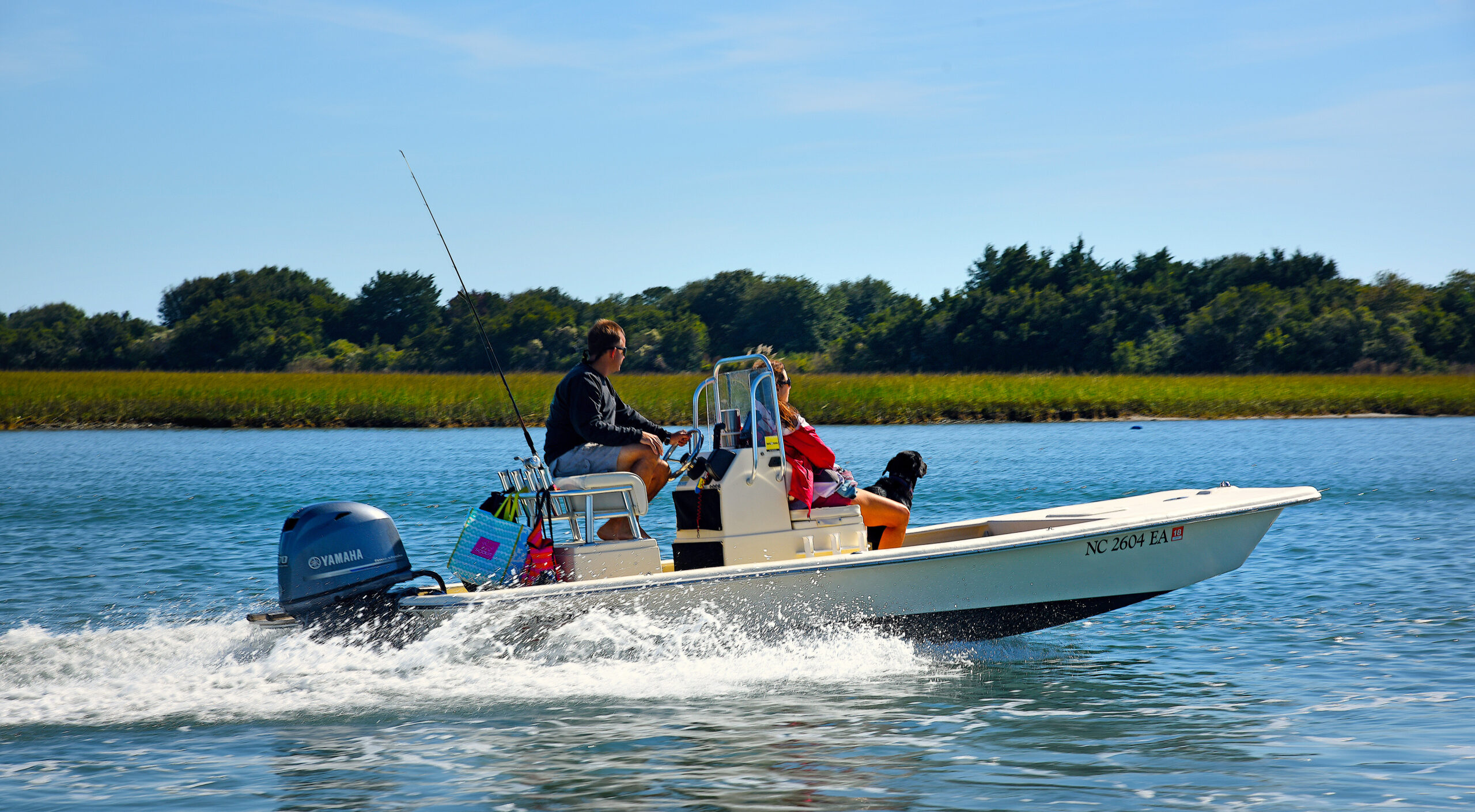How Can You Tell How Old Fish Are?

By looking into their eyes.
Research Need
Scientists need accurate and reproducible measurements of the ages of fish to understand their population status, structure, and health.
Fish leave a record of their growth in some of their body parts. Similar to how trees deposit rings for each year of life, most fish deposit rings or growth bands in their bodies’ hard parts — like scales, spines, and vertebrae.
And in their “otoliths.” Also called “ear stones,” these calcium carbonate structures sit inside a fish’s head, behind the brain.
Otoliths, in general, tend to be the most accepted structure for fish aging purposes. Fish that are well studied and with otolith-based ages that are independently validated provide scientists a great opportunity to experiment with new aging techniques.
Capable of reaching ages beyond 50 years, red snapper is arguably one of the most studied and most recreationally important species in the world. In addition to otoliths, is there another part of the red snapper that scientists might use to estimate its age?
What did they study?
Scientists have previously used eye lenses from terrestrial animals and marine mammals to determine age. This involves measuring how amino acids change over time under different temperatures. Since eye lenses begin to form before a fish is even hatched, this process might provide a perfect record of an individual fish’s age.
Fluctuations in water temperature can affect the rate of amino acid change. To better understand the impact of water temperature on the ageing technique, researchers collected otoliths and eyeballs from 29 red snapper from the northern Gulf of Mexico and 24 yellowtail snapper from the warmer Caribbean.
Using standard techniques, the team thin-sectioned whole otoliths and viewed them by microscope. When analyzing the ages of the eyeballs for comparison to the otoliths’ ages, researchers looked at only the first layers of the eye lens, which were deposited during the first year of the fish’s life.
What did they find?
Otolith-based ages ranged from 1 to 27 years for red snapper and 2 to 17 years for yellowtail snapper. At the individual fish level, eye-lens based ages were different by an average of only 1.6 to 1.7 years.
The high levels of agreement between eye-lens and otolith-based ages suggest that the eye-lens technique could serve as an effective tool for estimating ages.
Anything else?
The rate of change in amino acids for yellowtail snapper was nearly twice that observed in red snapper, likely due to higher average water temperatures estimated at the Caribbean study site (78 F) vs. the Gulf of Mexico location (72 F). This result was expected, in part based on previous work with fossils, which are similar in structure to otoliths.
So what?
While the eye-ageing technique was successful for these two species, the research team identified two main challenges going forward, both of which are likely surmountable.
This first is developing a general model to better understand how changing temperature impacts the amino acids in eye lens over time. The second is documenting the temperature history of the fish.
Reading
Derek W. Chamberlin, Virginia R. Shervette, Darrell S. Kaufmanc, Jordon E. Bright, and William F. Patterson, III. (2023). Can amino acid racemization be utilized for fish age validation? Canadian Journal of Fisheries and Aquatic Sciences. 80: 642–647. http://dx.doi.org/10.1139/cjfas-2022-0161
NOAA Fisheries, the University of Florida, and the University of South Carolina supported this work.
By Scott Baker.
Lead photo: Red Snapper. Credit: NOAA.
The text from Hook, Line & Science is available to reprint and republish, but only in its entirety and with this attribution: Hook, Line & Science, courtesy of Scott Baker and Sara Mirabilio, North Carolina Sea Grant. HookLineScience.com
- Categories:



